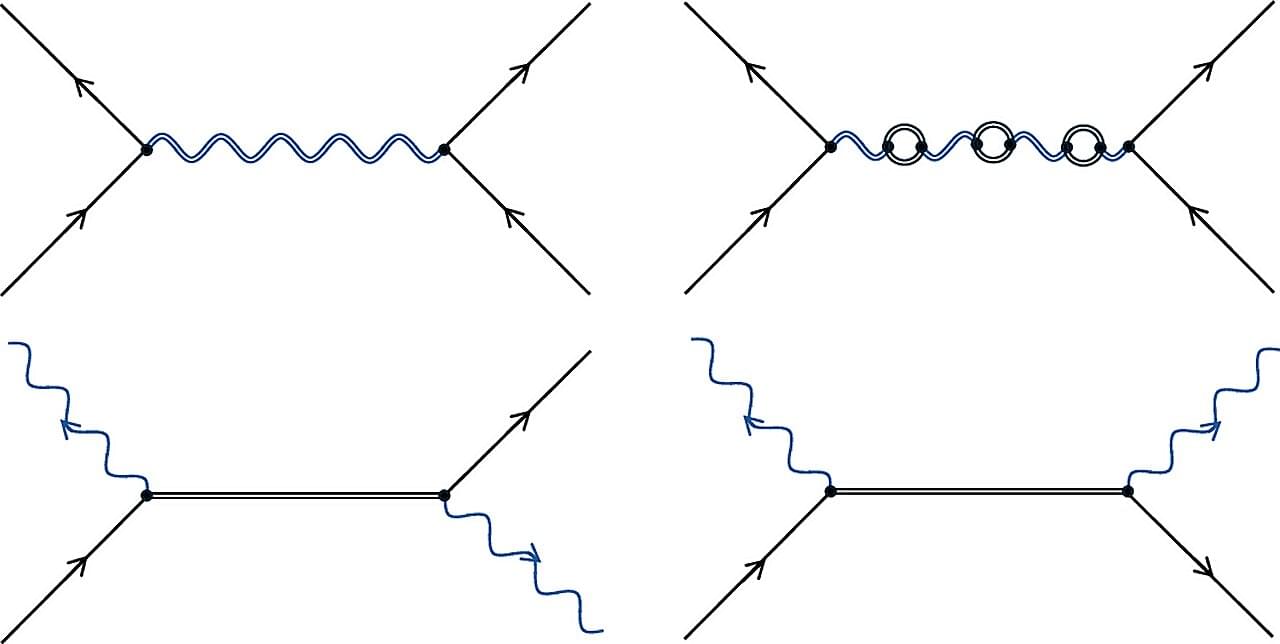When used correctly, they can help us unpick some of the mysteries of our biology, and our mortality.




On Prince of Wales Island, Alaska, gray wolves are doing something unexpected: hunting sea otters. This surprising dietary shift appears to have notable implications for both ecosystems and wolf health, but little is known about how the predators are capturing marine prey. Patrick Bailey, a Ph.D. candidate at the University of Rhode Island, is researching these understudied behaviors of gray wolves.
Using a creative mix of approaches—including wolf teeth samples and trail cameras—Bailey is exploring how coastal gray wolves are using marine resources, what this suggests about their behavioral and hunting adaptations, and how these adaptations differentiate them from other wolf populations.
On land, gray wolves are known to play a vital ecological role because of their ability to regulate food webs. “We don’t have a clear understanding of the connections between water and land food webs, but we suspect that they are much more prevalent than previously understood,” says Bailey, a member of Sarah Kienle’s CEAL Lab in the Department of Natural Resources Science. “Since wolves can alter land ecosystems so dramatically, it is possible that we will see similar patterns in aquatic habitats.”


Nicotinamide, a vitamin B3 derivative, could significantly reduce skin cancer risk. The corresponding study was published in JAMA Dermatology.
“There are no guidelines for when to start treatment with nicotinamide for skin cancer prevention in the general population,” said the study’s corresponding author, Lee Wheless, MD, PhD, assistant professor of Dermatology and Medicine at Vanderbilt University Medical Center in a press release.
“These results would really shift our practice from starting it once patients have developed numerous skin cancers to starting it earlier,” he added.


Inflammatory bowel diseases (IBDs), such as Crohn’s disease and ulcerative colitis, are chronic and autoimmune conditions characterized by the inflammation of the intestinal tract. This inflammation can cause nausea or vomiting, diarrhea, abdominal pain and cramping, fatigue, fever, and various other debilitating symptoms.
While the underpinnings of IBDs have been widely investigated, the factors that can contribute to its emergence have not yet been clearly elucidated. Past findings suggest that the symptoms of these diseases are often exacerbated by psychological and emotional stress.
Researchers at Universidad de los Andes and the Center of Interventional Medicine for Precision and Advanced Cellular Therapy (IMPACT) in Chile recently carried out a study aimed at shedding new light on the neurobiological mechanisms via which stress could worsen IBDs. Their findings, published in Molecular Psychiatry, hint at the existence of a brain-to-gut communication pathway that is mediated by small communication vehicles known as small extracellular vesicles (sEVs), which are released by astrocytes.

Unifying gravity and quantum theory remains a significant goal in modern physics. Despite the success in unifying all other fundamental interactions (electromagnetism, strong force and weak force) with quantum mechanics and many attempts at explaining a “quantum gravity,” scientists are still coming up short. Still, some believe we are getting closer to determining whether these two theories can be combined or whether they are truly incompatible.
A major contender for proving or disproving whether gravity is quantum is Richard Feynman’s proposed experiment to test if gravity can entangle two massive objects. In theory, such entanglement would indicate quantum behavior. While it was not actually feasible to do this experiment in 1957, when Feynman came up with the idea, new scientific advances are bringing it closer to reality.
However, a new study, published in Nature, claims that it’s a little more complicated than this. The researchers involved in the study determined, through their calculations, that entanglement is not necessarily evidence of quantum gravity—and that classical gravity can generate this entanglement in some cases too.

Researchers from Google Quantum AI report that their quantum processor, Willow, ran an algorithm for a quantum computer that solved a complex physics problem thousands of times faster than the world’s most powerful classical supercomputers. If verified, this would be one of the first demonstrations of practical quantum advantage, in which a quantum computer solves a real-world problem faster and more accurately than a classical computer.
In a new paper published in the journal Nature, the researchers provided details on how their algorithm, called Quantum Echoes, measured the complex behavior of particles in highly entangled quantum systems. These are systems in which multiple particles are linked so that they share the same fate even when physically separated. If you measure the property of one particle, you instantly know something about the others. This linkage makes the overall system so complex that it is difficult to model on ordinary computers.
The Quantum Echoes algorithm uses a concept called an Out-of-Time-Order Correlator (OTOC), which measures how quickly information spreads and scrambles in a quantum system. The researchers chose this specific measurement because, as they state in the paper, “OTOCs have quantum interference effects that endow them with a high sensitivity to details of the quantum dynamics and, for OTOC, also high levels of classical simulation complexity. As such, OTOCs are viable candidates for realizing practical quantum advantage.”

Quantum key distribution (QKD) harnesses the power of quantum mechanics to securely transmit confidential information. When an outside source eavesdrops on a QKD transmission, the quantum states are affected. This dependably alerts the receiver and sender that the transmission is no longer secure.
Unfortunately, there have thus far been limitations in implementing QKD technology. Telecom networks require QKD and classical data to share fiber infrastructure to reduce costs enough to be feasible on a large scale and classical data channels introduce noise that limits the distance and performance of QKD transmissions. Many solutions have been proposed and tested, such as extra filtering or dedicated wavelengths, but these still complicate integration into existing telecom networks.
Now, researchers from Denmark and the Czech Republic may have a better solution that, when tested, broke the record for the longest transmission achieved with QKD and classical data.